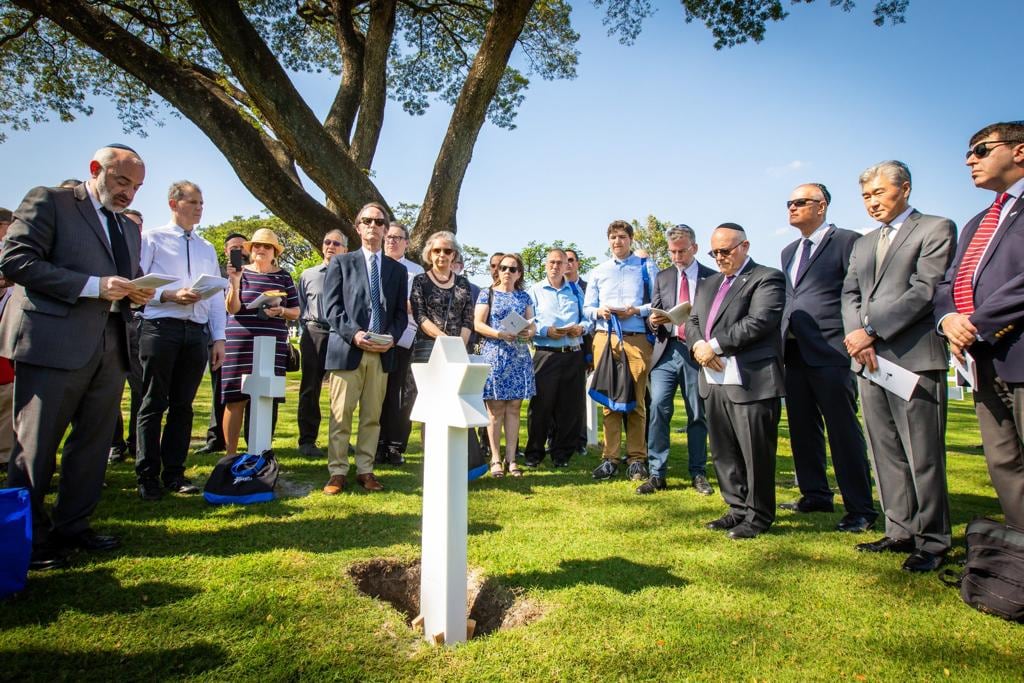On an overcast day in June 2018, a small group gathered around Plot B, Row 14, Grave 6 at Normandy American Cemetery in Colleville-sur-Mer, France. In the center of the circle stood an indiscriminate Latin Cross — one of nearly 9,000 identical white marble stones.
This marker bore an inscription for Pfc. Benjamin B. Garadetsky. But there was a mistake.
Garadetsky, a Jewish-American immigrant who was killed in action, should have been buried under a Magen David, a Star of David.
On this summer day, nearly 75 years after his death, living descendants, researchers and cemetery officials gathered to correct a historical wrong, to rededicate Garadetsky’s gravesite with the proper marker.
And it turns out, his case wasn’t the only one. Hundreds of other Jews who fought for America have likely faced similar fates.
Five recently had rededication ceremonies in their honor in the Philippines.
The first case
Four years earlier, as Rabbi Jacob J. Schacter gazed at the stones that mark the 172.5-acre bluff overlooking Omaha Beach, he took mental note of the periodic stars that interrupted the crisp rows of crosses.
Schacter, a professor of Jewish history and thought at Yeshiva University in New York, had an itching feeling that something was off: there were too few stars in the cemetery.
Upon returning home, Schacter approached his friend, Shalom Lamm, who has a background in military history, to share his theory. The two decided to investigate and enlisted the help of a summer intern from the university.
Unscientifically choosing a “Jewish-sounding name,” the group began to painstakingly recreate the life of Benjamin Garadetsky, consulting military archives, uncovering familial documents and verifying that the young private, who was buried under a Latin Cross, was unmistakably Jewish.
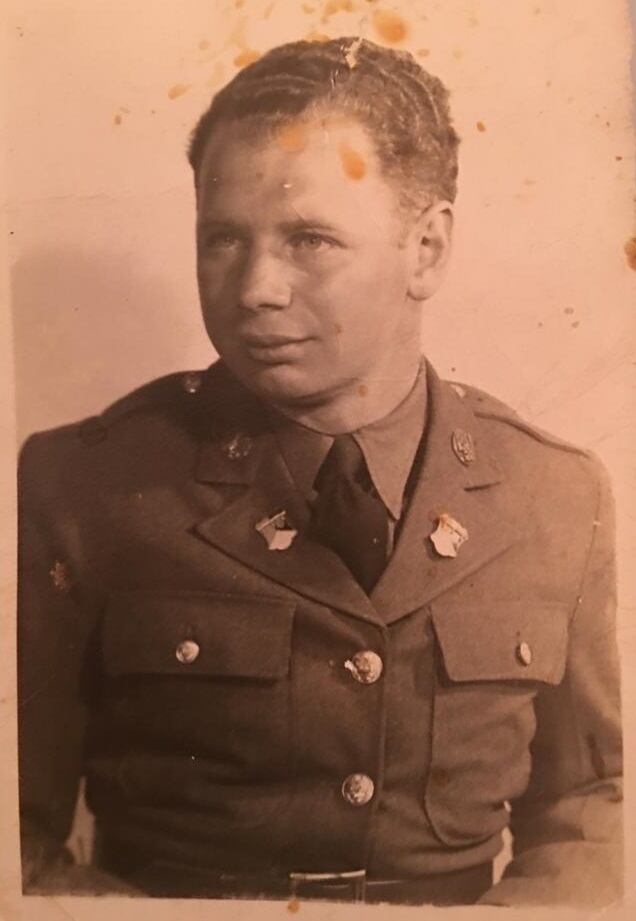
Born Boruch Reigorodeczki, Benjamin Garadetsky had emigrated from modern-day Ukraine to the United States with his mother and sister in the early 1920s.
The young New York resident enlisted in the U.S. Army on the eve of World War II, joining the 66th Armored Regiment, part of the 2nd Armored Division. He shipped out to North Africa, then Sicily, before joining Allied forces in Normandy in 1944 on D-Day +3.
On August 23, 1944, Garadetsky was killed in action in a Luftwaffe bombing. His grave marker in Normandy remained uncorrected for decades.
Uncovering erroneous headstones: how it works
Garadetsky’s “dignified rededication ceremony” in 2018, completed in coordination with the American Battle Monuments Commission (ABMC), set off a quest to locate and rectify more cases of incorrect grave markers for Jewish-American service members.
For Schacter, the mission was especially personal. His father, Rabbi Herschel Schacter, was the first American chaplain to enter a concentration camp at Buchenwald in April 1945, crying out in Yiddish, “Peace be upon you, Jews, you are free!”
Soon after the first discovery, Lamm, Schacter and a third associate, Steve Lamar, created Operation Benjamin, an organization named in Garadetsky’s honor, to research, identify and advocate for similar corrections.
Rachel Silverman, a genealogist, is the only paid staff member with Operation Benjamin and collects the historical evidence related to these service members.
“The first thing we do is locate or acquire photos of actual headstones at the American cemeteries around the world that hold the remains of our soldiers who fought in World War II,” Silverman said. “Then, we cross-reference the names of those buried under crosses with a database of World War II soldiers from the files of the National Jewish Welfare Board (JWB).”
The process can be slow, as it requires an individual search for each grave, despite the extensive pre- and post-war verification efforts of the JWB. Photographs of many of the headstones in American cemeteries overseas do not exist.

“Specifically, I'm on the lookout for details that tell me they were Jewish,” she said. “I try to find out if the soldier's siblings or parents were married in a Jewish ceremony, if they are buried in a Jewish cemetery, or if they were affiliated with a synagogue or other Jewish organization.”
Once a service member’s Jewish identity is verified, the organization searches for living family members or descendants of the deceased. Silverman utilizes everything from modern social media profiles to local library microfilm.
Then, Shalom Lamm contacts the families.
“When I contact these families, it’s amazing how people reach back into the recesses of their minds, the family lore. And in almost all cases, it’s a pool of sadness, a piercing undercurrent that they put away,” said Lamm. “We have a chance here to bring these stories back to life, for a short time to take these young men who had been forgotten, to bring them back to the forefront, hopefully to a new generation.”
Without coordination with the ABMC, the government entity that administers overseas American cemeteries and memorials, Operation Benjamin would be unable to complete these rededication ceremonies.
“We have incredible respect for the dignity and integrity of the American Battle Monuments Commission. We have found our partnership to be extraordinary,” said Schacter. “All they want is to get the true story straight.”
“When [the ABMC] makes us submit proof, the bar is very high. Their standards are exceptionally high,” Lamm said. “We applaud the fact that they keep those standards very high. We have to provide a mountain of evidence in order to get this done.”
If the government verifies Operation Benjamin’s findings, officials will schedule a date for a rededication ceremony with family members to change the grave marker and maintain in in perpetuity.

Understanding the errors
More than 400,000 American service members were killed in WWII and over 11,000 of them were Jewish-Americans, according to statistics and information from the National WWII Museum and the National Museum of American Jewish Military History.
Nearly half-a-million Jewish-Americans served during the war.
According to Lamm, many Jewish soldiers intentionally defaced their dog tags to obscure the “H” (for Hebrew) religious identification, especially in the European theater. Others simply did not declare a religion.
“Either the soldier could not be clearly identified as Jewish, and therefore the default [is the Latin Cross], or it is an honest, clerical error,” said Schacter.
As a result, soldiers were periodically buried with incorrect grave markers, and the group estimates the number of wrong stones could be in the low hundreds, although it is difficult to estimate.
“Nothing nefarious occurred. There was no evil intent to hide Jewish soldiers,” said Lamm. “What we’ve seen are many, many clerical errors. This was a time of war, a difficult time.”
Operation Benjamin has been instrumental in identifying these clerical errors.
In one case, Silverman and the group found a GI killed in the Solomon Islands. He was buried multiple times — in a battlefield grave, at a temporary collection point — before his final resting place. The soldier was buried under a Star of David twice before a simple error marked his as a Christian.
The organization is currently working to gain authorization to rededicate his headstone.
Why it matters
For Schacter and Lamm, recognition of these soldiers as both Jewish and American is central to Operation Benjamin’s genesis. The ceremonial changing of the headstones squares these two identities within the historical record of service and sacrifice.
“It is very important for us for a soldier who lived and died as an American be acknowledged for posterity as an American,” said Schacter. “It is also equally important for us that a soldier who lived and died as a Jew, be recognized as a Jew.”
“The more stars we can enable, the greater we feel the statement is being made that Jews are a part of America, Jews contribute to America, [and] Jews even give up their lives for America,” Schacter added.
The rededications are visible ceremonies of Jewishness, and Lamm and Schacter consistently described the organization’s mission in religious terms, seeing their work as performing mitzvot, good deeds. It is one of the reasons the group does not accept donations from the families of the deceased.
“What we are doing for these soldiers is chesed shel emes, meaning a ‘true and genuine kindness.’ We do not expect anything in return,” Lamm said. “All we want is to give our love, admiration and devotion to their memories, to bring their memories, their stories back to life. That’s our motivation.”
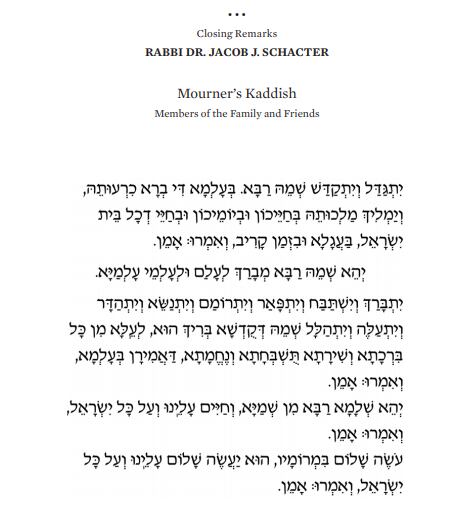
Given the 75th anniversary of the end of WWII — and with it, the liberation of Nazi concentration camps — Schacter and Lamm see a tangible connection between the past and the present.
“Part of what animates our work is for people who visit these cemeteries… to recognize that there were more Jews who gave up their lives for freedom, for democracy, and for America,” said Schacter. “In a world where there is such a challenge to Jewishness and Jewish identity, in a world that regretfully has anti-Semitism on the rise…we want to make the point that whenever possible, Jews did participate shoulder to shoulder with other Americans.”
This recognition is best seen at the rededication ceremonies themselves.
Recent corrected cases
This past week, in the former Pacific theater, Operation Benjamin completed the rededications for five additional Jewish-American service members at the Manila American Cemetery in the Philippines.
Senior officials from the ABMC, Sung Kim, U.S. ambassador to the Philippines, and Rafael Harpaz, Israeli ambassador to the Philippines, joined Rabbi Schacter and Shalom Lamm, members of the Jewish community in Manila, and living family members for the ceremonies.
One by one, the five service members – 1st Lt. Robert S. Fink, Pvt. Allan C. Franken, Sgt. Jack Gilbert, Pvt. Arthur Waldman and Pvt. Louis Wolf – finally received their Stars of David.
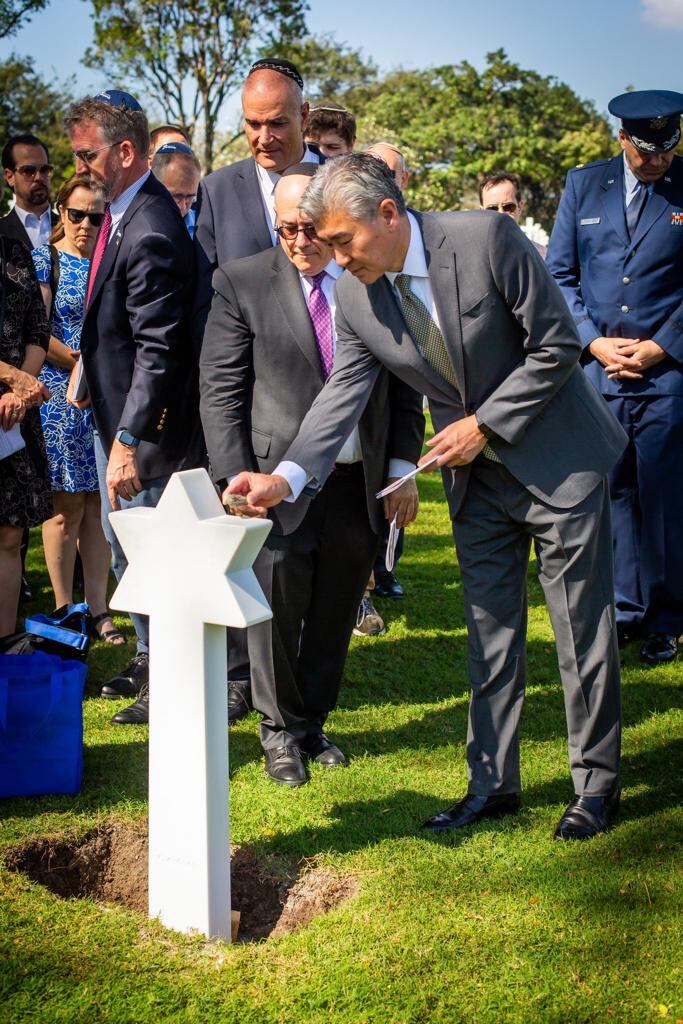
Lt. Fink served in the 583rd Signal Air Warning Battalion before dying of typhus in Papua New Guinea on June 1, 1944.
Robert Fink, 67, named for his late uncle, and his wife Sarah, 64, were in attendance for the ceremony.
“My uncle’s death really hurt my family pretty badly. My aunt and my father were really distressed about it. They could never really talk about him,” Robert Fink shared prior to the trip. “It all seemed like it was coming together. I am really grateful to [Operation Benjamin] for getting this work done.”
“The visual acknowledgement that some of these soldiers who died so young were Jewish. It seems like that’s something that should be made right,” Sarah Fink said. “[Our children] have learned more about their great uncle than they might have known otherwise. Most of that generation is gone. We are the closest link.”
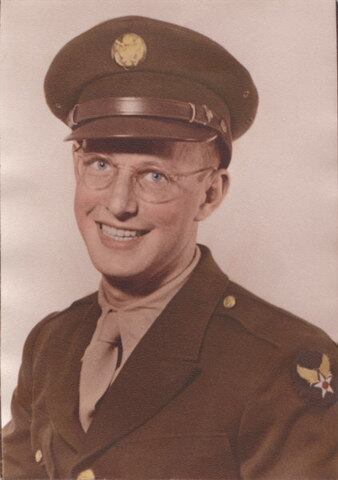
Pvt. Allan C. Franken served with the 24th Infantry Division before his death on May 24, 1945. His nephew, Rabbi John Franken, 52, was also in attendance for the ceremony.
“When someone dies…the only thing that is left behind are memories and your name. In a concrete way, the representation of that is a stone,” said Franken. “By installing a stone and consecrating it, it’s recovering the memory of a beautiful life that was lived and lost for our country, for values that he held dear.”
“It’s not just religion; it’s a heritage. Inadvertently, he was denied one of the most important things about him: that he was Jewish. For me, it is a profound restoration of his name and his identity for the person he truly was,” Franken added.
Through the efforts of Operation Benjamin, 75 years after their deaths, these soldiers finally received proper grave markers and proper recognition for their dual identities: Jewish and American.
“When we can bring a family together to honor this hero from 75 years ago, and have this unique, amazing, emotional, spectacular experience, we’re allowing that person to live on,” Lamm concluded. “They went into the war as American Jews and died as American Jews. It’s only right for them to be identified forever as a Jew.”
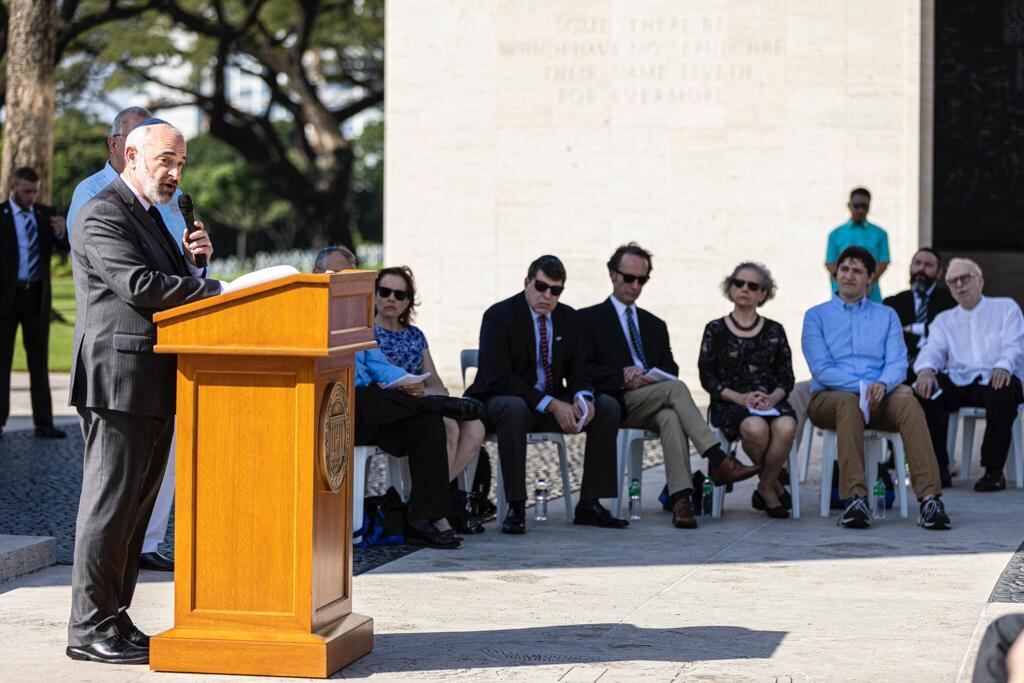
Dylan Gresik is a reporting intern for Military Times through Northwestern University's Journalism Residency program.
